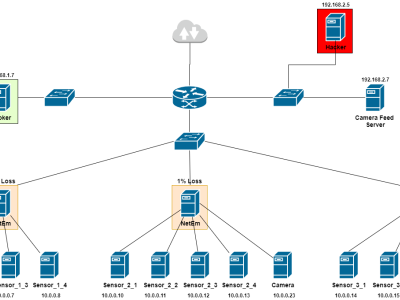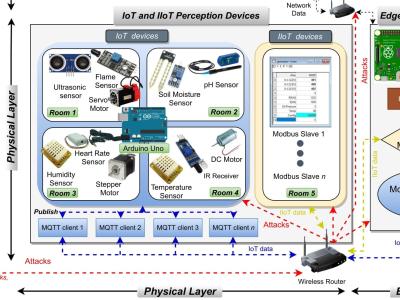Stateful Hash-Based Signature (SHBS) Benchmark Data for XMSS and LMS

- Citation Author(s):
-
Shahram Sarkani (The George Washington University)Thomas Mazzuchi (The George Washington University)
- Submitted by:
- Brian Romansky
- Last updated:
- DOI:
- 10.21227/yg8c-8v54
- Data Format:
- Research Article Link:
 21 views
21 views
- Categories:
- Keywords:
Abstract
The National Institute of Standards and Technology (NIST) has recommended the use of stateful hash-based digital signatures for long-term applications that may require protection from future threats that use quantum computers. XMSS and LMS, the two approved algorithms, have multiple parameter options that impact digital signature size, public key size, the number of signatures that can be produced over the life of a keypair, and the computational effort to validate signatures. This collection of benchmark data is intended to support system designers in understanding the differences among the configuration options.
Instructions:
The intended use of this benchmark data is to provide a reference that can be used to compare relative performance when choosing among the various SHBS parameter options. Data is provided for XMSS and LMS, the two approved SHBS algorithms.
Note that this data was generated with a specific interest in understanding the impact of SHBS algorithm parameters on digital signature distribution and validation. The intended use case for this data is to consider a collection of distributed systems which must accept and validate signatures that are generated at a central location. In this scenario, the burden of keypair generation, state management, and signature generation are all centralized and can take advantage of specialized hardware. The challenge is in adapting systems in the field to accept and validate the resulting signatures.
The data is intended for use in making relative comparisons between different options. All of the validation timing data was collected on the same platform with the same compiler options. Performance of these algorithms may be very different on systems with a different processor architecture or built with different compiler options. However, the relative performance of one parameter set when compared to the other options is expected to remain relatively consistent across systems.






